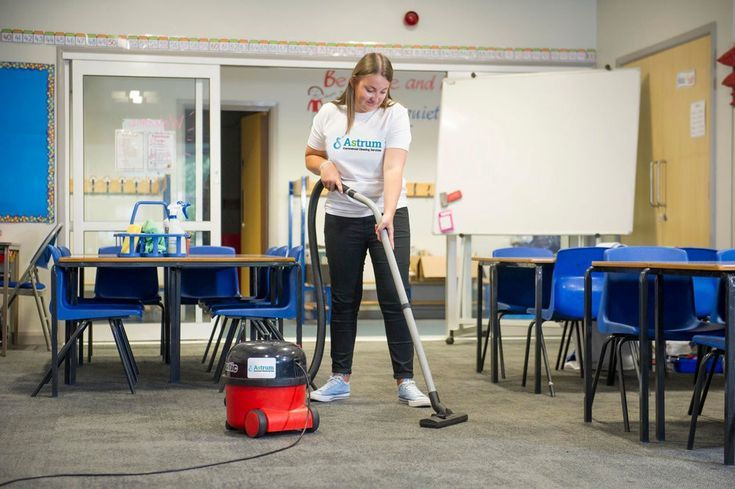School Cleaning Tips: Keeping Classrooms Safe and Healthy for Students
- Dorota Goszczynska
- Sep 3
- 3 min read

A clean school environment is more than just about appearances—it’s about creating a safe, healthy, and positive space where students can thrive. With hundreds of children moving through classrooms daily, germs can spread quickly. Effective cleaning practices not only protect students and staff but also support better learning by reducing absenteeism. Below are practical school cleaning tips to keep classrooms safe and healthy for everyone.
Why Clean Classrooms Matter
Classrooms are high-touch, high-traffic areas. Desks, chairs, doorknobs, and shared supplies can harbor germs and bacteria. A strong cleaning routine helps to:
Reduce the spread of illnesses like flu, colds, and stomach bugs.
Improve indoor air quality, reducing allergies and respiratory issues.
Promote better concentration in a tidy, organized environment.
Encourage healthy habits by modeling cleanliness for students.
Daily Cleaning Essentials
Keeping classrooms clean requires consistency. Here are daily tasks that make a big difference:
Wipe Down Surfaces Disinfect desks, chairs, door handles, and light switches with safe, non-toxic cleaners.
Empty Trash Bins Overflowing bins can quickly spread odors and bacteria. Replace liners daily.
Sweep and Mop Floors Dust and dirt accumulate quickly. Regular sweeping and mopping prevent build-up and improve air quality.
Sanitize Shared ItemsItems like pencils, markers, scissors, and classroom tech should be cleaned regularly.
Weekly and Deep-Cleaning Practices
While daily cleaning handles the basics, weekly and monthly tasks are equally important.
Dust Shelves and Storage Areas: Reduce allergens and keep the room fresh.
Clean Windows and Blinds: Natural light boosts learning, but dirty windows block it.
Vacuum Carpets and Rugs: These can trap dust, dirt, and germs if left uncleaned.
Deep Clean Restrooms: Students use them frequently, so thorough sanitizing prevents bacteria from spreading.
Encouraging Student Involvement
Keeping classrooms clean isn’t just the responsibility of cleaners and teachers. Students can help, too. Small daily habits encourage responsibility and teamwork.
Assign Cleaning Helpers: Rotate tasks like wiping desks or organizing supplies.
Teach Hand Hygiene: Encourage regular handwashing and provide hand sanitizer stations.
Respect Shared Spaces: Simple habits like pushing in chairs and throwing away trash go a long way.
Eco-Friendly Cleaning in Schools

Using eco-friendly cleaning products protects both students and the planet. Non-toxic, biodegradable cleaners reduce harmful chemicals in the air and on surfaces. Consider switching to:
Green-certified disinfectants
Microfiber cloths instead of paper towels
Reusable mop heads and cleaning pads
These small changes make classrooms safer while teaching students about sustainability.
Final Thoughts
A healthy classroom is a clean classroom. By maintaining daily routines, scheduling deep cleans, and involving students in the process, schools create a safe environment that supports learning and well-being. Cleanliness isn’t just about looks—it’s about protecting health, encouraging responsibility, and ensuring every student can focus on what matters most: education.
Encouraging Students to Take Part
Teachers and cleaning staff can’t do it all. Involving students fosters responsibility and teamwork.
Assign Weekly Helpers: Students can tidy up bookshelves, organize supplies, or wipe desks.
Teach Good Hygiene: Encourage proper handwashing and covering sneezes.
Respect Shared Spaces: Remind students to clean up after themselves and push in chairs.
Promote “Clean Desk Fridays”: A fun way for students to organize and declutter weekly.
The Role of Professional Cleaning Services in Schools
While teachers and students can contribute, professional school cleaning services ensure thorough, consistent results. They bring:
Expertise in disinfecting high-risk areas.
Specialized equipment like industrial vacuums and steam cleaners.
Time efficiency, freeing teachers to focus on teaching.
Custom cleaning schedules tailored to each school’s needs.




Comments